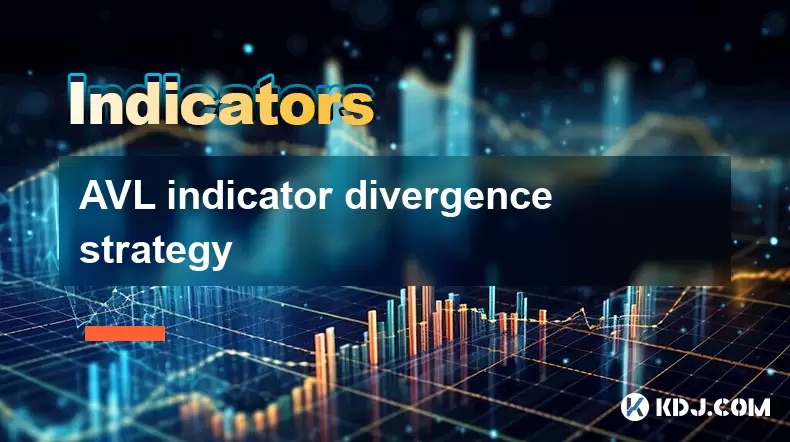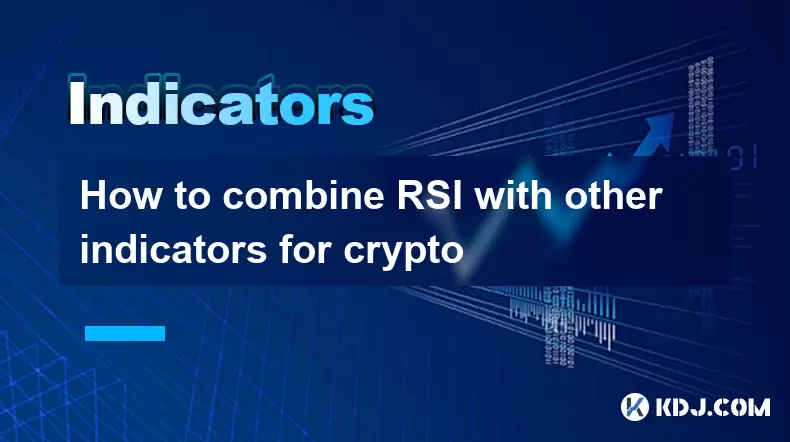-
 Bitcoin
Bitcoin $122,606.5469
4.05% -
 Ethereum
Ethereum $3,030.9726
2.47% -
 XRP
XRP $2.9632
5.89% -
 Tether USDt
Tether USDt $1.0001
-0.02% -
 BNB
BNB $703.7501
1.91% -
 Solana
Solana $166.4981
2.63% -
 USDC
USDC $0.9998
-0.01% -
 Dogecoin
Dogecoin $0.2059
3.75% -
 TRON
TRON $0.3034
0.82% -
 Cardano
Cardano $0.7534
1.69% -
 Hyperliquid
Hyperliquid $48.5519
1.41% -
 Stellar
Stellar $0.4752
7.04% -
 Sui
Sui $3.9140
13.90% -
 Chainlink
Chainlink $16.0052
4.10% -
 Hedera
Hedera $0.2481
7.89% -
 Bitcoin Cash
Bitcoin Cash $517.9548
2.40% -
 Avalanche
Avalanche $21.7177
2.16% -
 UNUS SED LEO
UNUS SED LEO $9.0350
0.04% -
 Shiba Inu
Shiba Inu $0.0...01373
4.00% -
 Toncoin
Toncoin $3.0283
0.75% -
 Litecoin
Litecoin $96.2061
1.75% -
 Polkadot
Polkadot $4.1076
2.82% -
 Monero
Monero $350.3051
3.14% -
 Uniswap
Uniswap $9.2991
9.82% -
 Dai
Dai $0.9998
-0.01% -
 Ethena USDe
Ethena USDe $1.0004
-0.01% -
 Pepe
Pepe $0.0...01260
3.52% -
 Bitget Token
Bitget Token $4.4459
1.08% -
 Aave
Aave $322.7677
6.21% -
 Bittensor
Bittensor $421.8669
8.02%
AVL indicator divergence strategy
The AVL indicator helps traders gauge buying or selling pressure in crypto by analyzing volume relative to price direction, offering insights into potential trend reversals through divergence patterns.
Jul 14, 2025 at 11:21 am

Understanding the Basics of the AVL Indicator
The AVL indicator, or Accumulation Volume Line, is a technical analysis tool used primarily in trading to measure buying and selling pressure. It is based on volume data and helps traders understand whether a cryptocurrency asset is being accumulated or distributed. The core function of the AVL indicator lies in its ability to track the cumulative sum of volume, adjusted for price direction. When prices rise and the AVL increases, it suggests strong buying interest. Conversely, if prices fall while AVL declines, it indicates heavy selling.
Unlike simple volume indicators, the AVL adjusts each bar's volume by the relationship between the closing price and the midpoint of the bar’s high-low range. This makes it more sensitive to subtle shifts in market sentiment, especially in volatile crypto markets where rapid reversals are common.
Important: The AVL does not predict price movements directly but reflects underlying strength or weakness in the market.
What Is Divergence in Trading?
In technical analysis, divergence refers to a situation where the price of an asset moves in one direction while a related indicator moves in the opposite direction. This often signals that the current trend may be weakening and could reverse soon. In the context of the AVL indicator, divergence occurs when there's a mismatch between price action and the AVL line.
For example, if the price of a cryptocurrency hits a new high but the AVL fails to reach a corresponding peak, this is considered a bearish divergence. It implies that despite rising prices, the volume behind the move is declining, suggesting lackluster buying interest. Similarly, if the price drops to a new low but the AVL doesn’t confirm with a lower low, this is a bullish divergence, indicating potential buying pressure building up.
Identifying AVL Indicator Divergence in Cryptocurrency Charts
To effectively apply the AVL indicator divergence strategy, you must first know how to spot divergences on your charting platform. Here’s how:
- Ensure that the AVL indicator is properly installed and visible beneath the price chart.
- Look for instances where the price trend and AVL trend do not align — for instance, higher highs in price without matching higher highs in AVL.
- Use trendlines to connect swing highs or lows both in price and in the AVL line for better visual confirmation.
- Apply candlestick patterns or other confirming tools like RSI or MACD to filter out false signals.
It's crucial to observe these conditions across multiple timeframes. A divergence that appears on a 1-hour chart might not be as significant as one seen on a daily chart. However, in fast-moving crypto markets, intraday traders often rely on shorter timeframes like 15-minute or 30-minute charts to catch early reversal points.
Implementing the AVL Divergence Strategy in Crypto Trading
Once you've identified a valid divergence, the next step is to develop a clear entry and exit plan. Here's a practical guide to executing trades using the AVL divergence strategy:
- Wait for the price to break the trendline drawn from the recent swing points before entering a trade.
- Confirm the divergence with a candlestick close that shows rejection of the prior trend (e.g., a bearish engulfing candle after a bullish divergence).
- Place a stop-loss order slightly beyond the last significant swing point to manage risk.
- Set a take-profit level based on previous support/resistance zones or Fibonacci extensions.
- Consider scaling out of positions gradually rather than all at once to maximize gains.
This strategy works best when combined with sound money management principles. For example, risking only 1%–2% of your capital per trade ensures longevity even if some setups fail.
Common Pitfalls and How to Avoid Them
While the AVL indicator can provide valuable insights, it's not foolproof. One of the most common mistakes traders make is trading every divergence they see. Not all divergences result in trend reversals — sometimes they simply indicate a pause or consolidation phase.
Another pitfall is ignoring market context. A bullish divergence during a strong downtrend may not be enough to reverse the trend unless supported by broader market conditions. Similarly, bearish divergences in overbought territory can persist longer than expected due to FOMO-driven rallies.
Here are some ways to avoid these issues:
- Only take trades when multiple indicators confirm the divergence.
- Pay attention to overall market sentiment — check news, social media trends, and macroeconomic factors affecting crypto.
- Don’t force trades — wait for high-probability setups.
- Keep a trading journal to analyze what worked and what didn’t.
Frequently Asked Questions
Q: Can the AVL indicator be used for altcoins as well as major cryptocurrencies like Bitcoin and Ethereum?
Yes, the AVL indicator can be applied to any cryptocurrency chart regardless of its size or market cap. However, smaller altcoins with lower liquidity may produce misleading signals due to erratic volume spikes.
Q: Is the AVL divergence strategy suitable for beginners?
While the concept is straightforward, successful implementation requires practice and experience. Beginners should start with demo accounts and combine the strategy with other tools until they gain confidence.
Q: How often should I check for AVL divergences?
There’s no fixed frequency. Some traders scan daily, while others focus on specific sessions or events. The key is consistency and applying the strategy within your defined trading plan.
Q: Does the AVL divergence strategy work on all timeframes?
It can be applied to any timeframe, but results may vary. Shorter timeframes generate more signals but also more noise, while longer timeframes offer fewer but potentially more reliable setups.
Disclaimer:info@kdj.com
The information provided is not trading advice. kdj.com does not assume any responsibility for any investments made based on the information provided in this article. Cryptocurrencies are highly volatile and it is highly recommended that you invest with caution after thorough research!
If you believe that the content used on this website infringes your copyright, please contact us immediately (info@kdj.com) and we will delete it promptly.
- UK Treasury Watch: Bitcoin Surge Lifts Companies Amidst Crypto Optimism
- 2025-07-14 16:30:12
- Satoshi Nakamoto: Bitcoin's Billionaire Mystery – Richest Person?
- 2025-07-14 16:50:12
- Finnovex South Africa 2025: Innovation and Expanding Inclusion in the Digital Finance Era
- 2025-07-14 16:30:12
- Pumpfun's $500M ICO: Memecoin Mania or the Future of Funding?
- 2025-07-14 14:30:12
- Dogecoin, XRP Price, and the Bitcoin Bull Run: What's the Hype?
- 2025-07-14 16:10:12
- Pump.fun's $PUMP Token Sale: A Wild Ride in the Memecoin Frenzy
- 2025-07-14 14:30:12
Related knowledge

Advanced RSI strategies for crypto
Jul 13,2025 at 11:01am
Understanding the Basics of RSI in Cryptocurrency TradingThe Relative Strength Index (RSI) is a momentum oscillator used to measure the speed and chan...

Crypto RSI for day trading
Jul 12,2025 at 11:14am
Understanding RSI in the Context of Cryptocurrency TradingThe Relative Strength Index (RSI) is a momentum oscillator used to measure the speed and cha...

Crypto RSI for scalping
Jul 12,2025 at 11:00pm
Understanding RSI in the Context of Crypto TradingThe Relative Strength Index (RSI) is a momentum oscillator widely used by traders to measure the spe...

What does an RSI of 70 mean in crypto
Jul 13,2025 at 06:07pm
Understanding the RSI Indicator in Cryptocurrency TradingThe Relative Strength Index (RSI) is a widely used technical analysis tool that helps traders...

How to avoid RSI false signals in crypto
Jul 13,2025 at 06:21pm
Understanding RSI and Its Role in Crypto TradingThe Relative Strength Index (RSI) is a momentum oscillator used to measure the speed and change of pri...

How to combine RSI with other indicators for crypto
Jul 12,2025 at 08:35am
Understanding the Role of RSI in Crypto TradingThe Relative Strength Index (RSI) is a momentum oscillator that measures the speed and change of price ...

Advanced RSI strategies for crypto
Jul 13,2025 at 11:01am
Understanding the Basics of RSI in Cryptocurrency TradingThe Relative Strength Index (RSI) is a momentum oscillator used to measure the speed and chan...

Crypto RSI for day trading
Jul 12,2025 at 11:14am
Understanding RSI in the Context of Cryptocurrency TradingThe Relative Strength Index (RSI) is a momentum oscillator used to measure the speed and cha...

Crypto RSI for scalping
Jul 12,2025 at 11:00pm
Understanding RSI in the Context of Crypto TradingThe Relative Strength Index (RSI) is a momentum oscillator widely used by traders to measure the spe...

What does an RSI of 70 mean in crypto
Jul 13,2025 at 06:07pm
Understanding the RSI Indicator in Cryptocurrency TradingThe Relative Strength Index (RSI) is a widely used technical analysis tool that helps traders...

How to avoid RSI false signals in crypto
Jul 13,2025 at 06:21pm
Understanding RSI and Its Role in Crypto TradingThe Relative Strength Index (RSI) is a momentum oscillator used to measure the speed and change of pri...

How to combine RSI with other indicators for crypto
Jul 12,2025 at 08:35am
Understanding the Role of RSI in Crypto TradingThe Relative Strength Index (RSI) is a momentum oscillator that measures the speed and change of price ...
See all articles

























































































